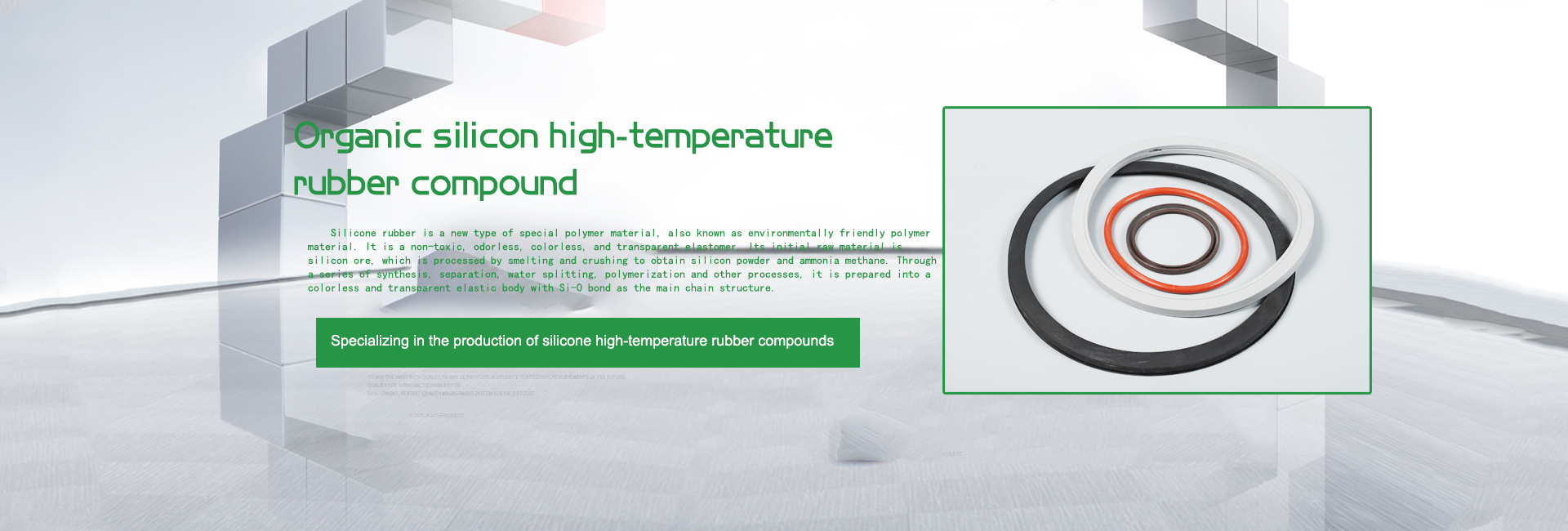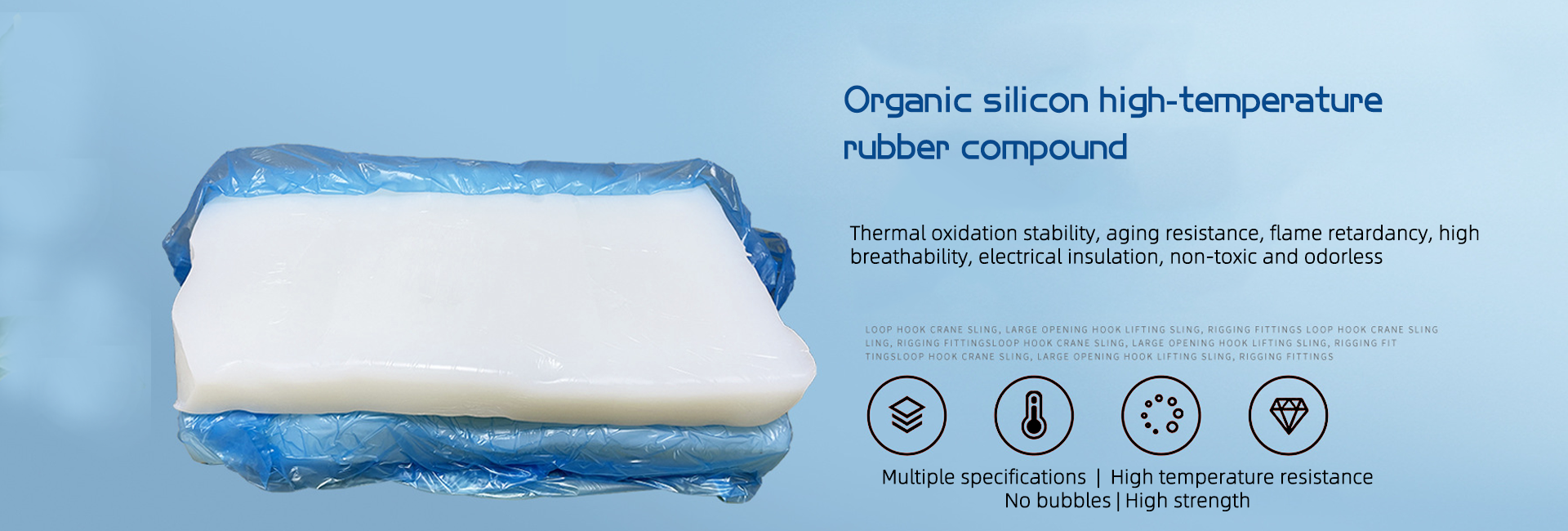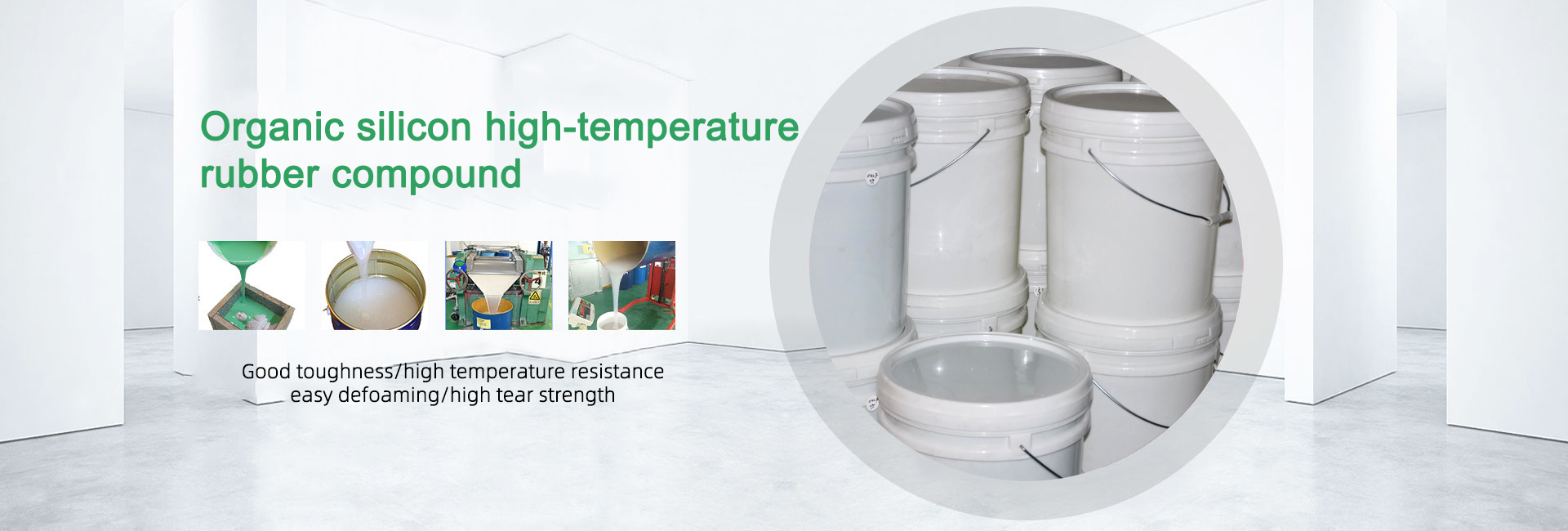About the thermal conductivity of the base material thermal conductive filler filled with silicone grease thermal conductivity process in brief
Date:2024-12-28 13:34:24 Hits:1
Thermally conductive filler as the name suggests is added to the base material to increase the thermal conductivity of the material filler, commonly used thermal conductive filler alumina, magnesium oxide, zinc oxide, aluminum nitride, boron nitride, silicon carbide, etc.; which, micron-sized alumina, silicon micropowder as the main body of nano alumina, nitride to do the filler powder for the field of high thermal conductivity; and most of the zinc oxide to do as a thermally conductive paste (thermally conductive silicone grease) filler with. Thermally conductive silicone grease is a thermally conductive silicone grease-like compound made by adding heat-resistant, thermally conductive fillers with excellent thermal conductivity, commonly known as thermal paste.
Thermal silicone grease is also called thermally conductive silicone grease, silicone paste, thermal paste or thermal paste, is a paste-like efficient heat dissipation products, no adhesive properties, will not dry solid, is produced using a special formula, filled between the heat source and the heat sink, and at the same time has a thermal conductivity/insulation and other multi-functional properties, can be sufficient to lubricate and protect the surface of the contact to form a very low thermal resistance interface than the contact surface of the heat source and the heat sink. The air in the middle of the heat source and heat sink contact surface is much more efficient, the use of good thermal conductivity and insulation of metal oxides and silicone composite. The product has good thermal conductivity, good electrical insulation, a wide range of operating temperature (operating temperature -60 ℃ ~ 300 ℃), very good stability, low consistency and good construction performance, the product is non-toxic, non-corrosive, odorless, non-drying, non-dissolving.
Product features
1、High thermal conductivity silicone filler by the surface modification treatment, the film into the thickness of nanoscale, low oil absorption value, good compatibility with silicone oil, products with excellent scratch coating;
2, high thermal conductivity silicone filler products, high purity, particle size after reasonable compounding, in the substrate can be added to a large extent, the formation of dense thermal conductivity network pathway, build a phonon heat transfer thermal conductivity channel;
3, high thermal conductivity silicone filler wide range of applications, can be prepared 3.5-6.5W/m.K and above high thermal conductivity silicone products;
4, high thermal conductivity silicone filler belongs to the category of inorganic thermal conductivity ceramics, so it meets the EU environmental standards, is an inorganic environmentally friendly high thermal conductivity filler.
From the basic performance point of view, thermal silicone grease is generally a special silicone oil as a base oil, a new type of metal oxides as fillers, with a variety of functional additives, processed by a special process from the color of the paste.
Composition for the silicone oil + filler, thermally conductive filler for the nanoscale alumina powder, the composition of ZnO / Al2O3 / boron nitride / silicon carbide / aluminum powder. Silicone oil ensures a certain degree of fluidity, while the filler fills the tiny gaps between the CPU and the heat sink to ensure thermal conductivity. And because silicone oil has low sensitivity to temperature, it does not thicken at low temperatures and does not thin at high temperatures, and it does not evaporate, so it can be used for a longer period of time. Nowadays, some thermally conductive silicone grease uses silver powder or aluminum powder as filler, which makes use of the high thermal conductivity of metal.
The filler of thermally conductive silicone grease is a finely ground powder with the following composition: boron nitride/silicon carbide/aluminum powder/silver powder and so on. Silicone oil ensures a certain degree of fluidity, while the filler fills the tiny gaps between the heat source and the heat sink, ensuring thermal conductivity. And since silicone oil has low sensitivity to temperature, it doesn't thicken at low temperatures, doesn't thin at high temperatures, and doesn't evaporate, so it can be used for a relatively long time.









 Click to enquire
Click to enquire 